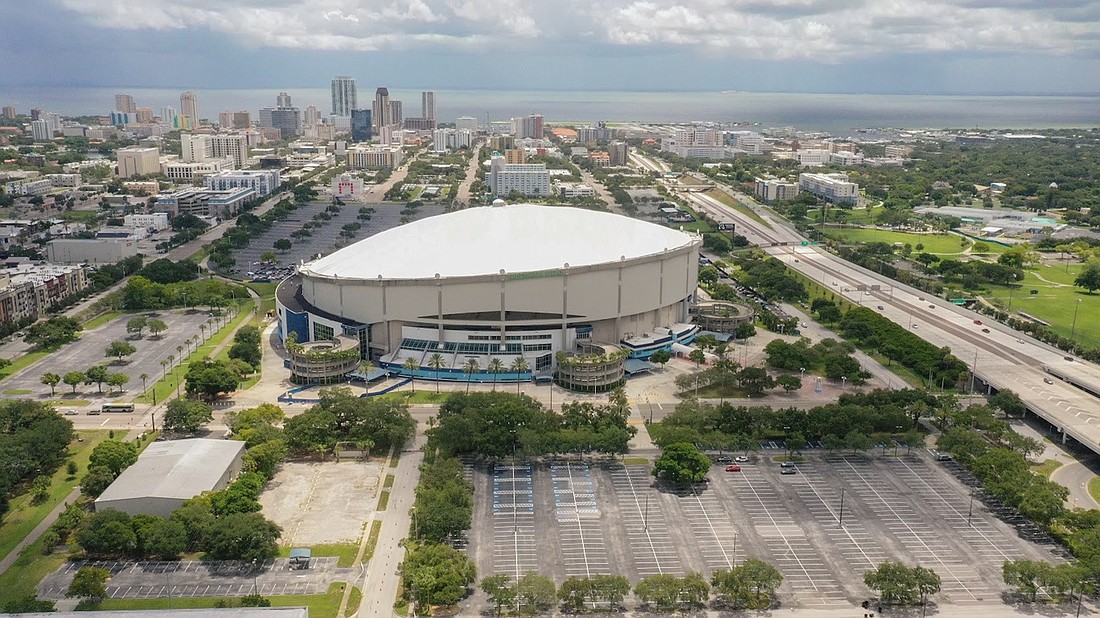- December 15, 2025
-
-
Loading

Loading

The seven proposals that have been submitted to St. Petersburg officials to revamp Tropicana Field and its surrounding acreage offer vastly different ideas on how to move forward.
The seven teams that responded to a city request for proposals last month also differ widely in regards to the amount of detail and the level of depth presented, according to a review of the submissions.